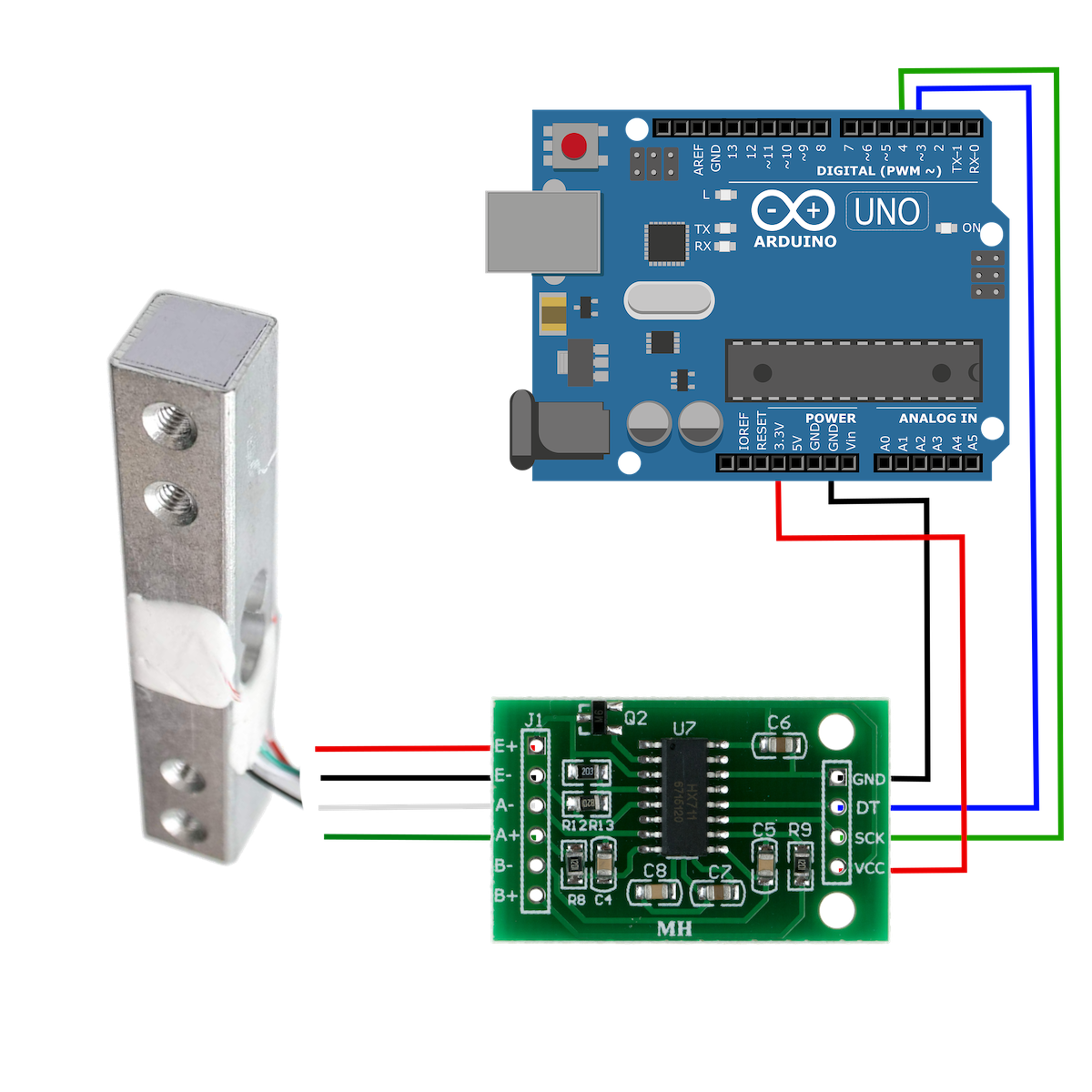

The Adafruit IR Temperature Sensor is a good example. However, some devices appear to be more difficult than others as to setting the address. The solution to issue 2 is to be able to set the address on each one of your I2C devices.

That said, with the Pico’s power, comes a bit of complexity. With the addition of the Arduino framework, it makes using the Pico a simple decision for a lot of Uno projects. For only $4, you can buy a very powerful, very well documented and easily available microcontroller.

The Pico is an incredible board, well worth using due to its outstanding price/performance ratio. I have been using the Arduino framework and legacy IDE ( 1.8.19, not the 2.0 version) to develop code on the Raspberry Pi Pico. Where I explore how to use the Pico’s abundance of I2C interfaces to create 2 separate I2C instances.


 0 kommentar(er)
0 kommentar(er)
